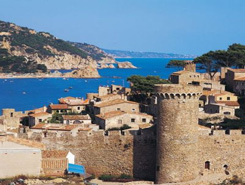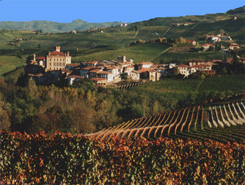One hour away Barcelona
For the Nature Lover:
* Montserrat: This mountain monastery offers stunning views, hiking trails, and a unique spiritual experience.
* Collserola Natural Park: Explore the hills surrounding Barcelona with hikes, bike rides, and picnics.
For the Beach Bum:
* Sitges: A charming coastal town with beautiful beaches, a lively promenade, and a vibrant nightlife.
* Castelldefels: Known for its long sandy beach, perfect for sunbathing, swimming, and watersports.
For the History Buff:
* Girona: A historic city with a well-preserved medieval quarter, a beautiful cathedral, and colorful houses along the Onyar River.
* Tarragona: Discover Roman ruins, including an amphitheater and aqueduct, in this ancient port city.
For the Foodie:
* Penedès Wine Region: Sample delicious wines at local vineyards and enjoy the beautiful countryside.
Tips for your day trip:
* Transportation: Most of these destinations are easily accessible by train from Barcelona. Check train schedules and book tickets in advance.
* Timing: To make the most of your day trip, start early and plan your activities ahead of time.
* Pack accordingly: Bring comfortable shoes, sunscreen, a hat, and a reusable water bottle.


